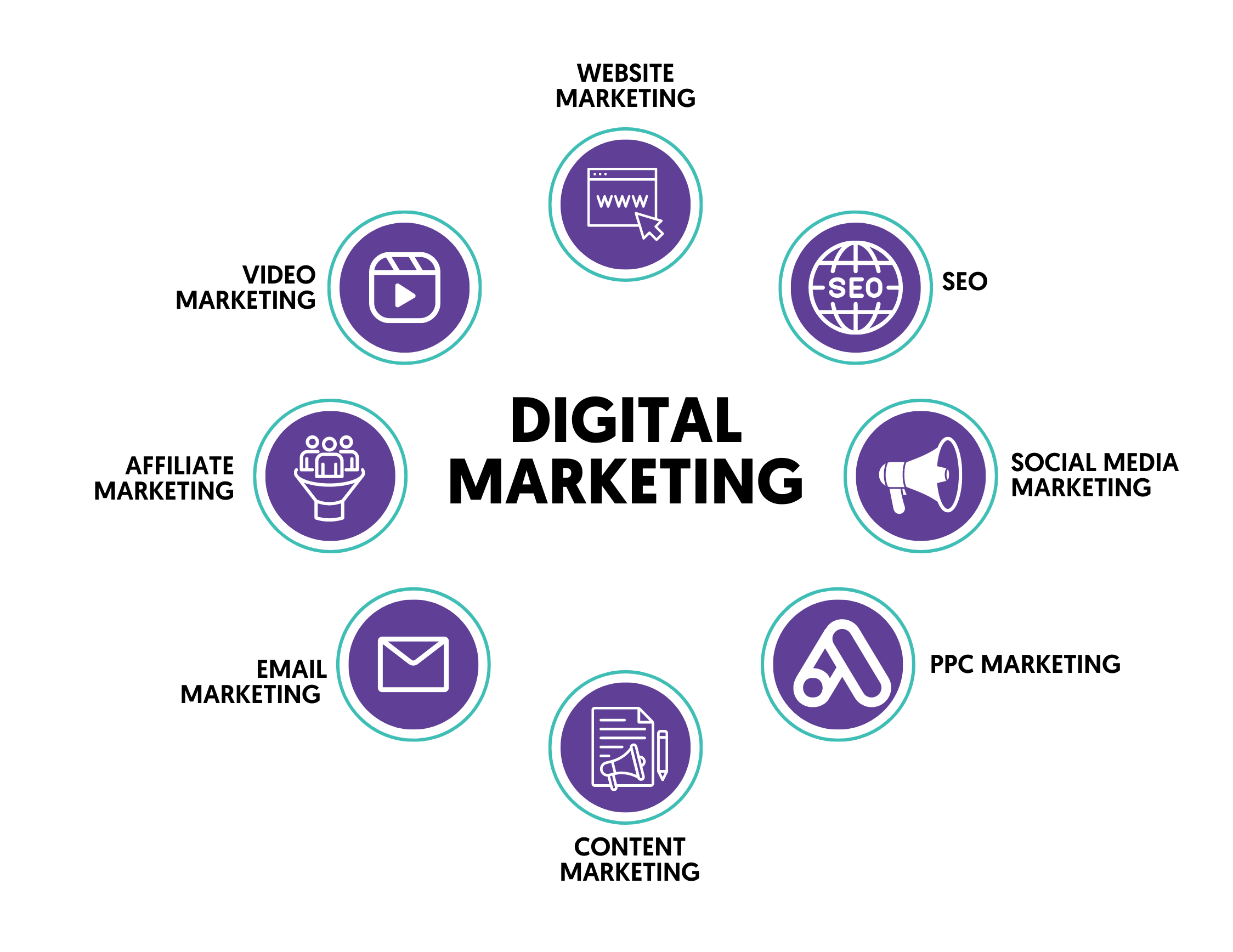Enhance Individual Experience and Drive Website Traffic With Receptive Website Design
In today's electronic landscape, where individuals are accessing sites from a multitude of tools, receptive web layout has become extra crucial than ever. With its capacity to adapt and perfectly readjust to various screen sizes, receptive design not just improves individual experience but also drives website traffic to your web site.
Why Responsive Web Layout Matters
Responsive website design is an important aspect of contemporary web development because of its capability to ensure ideal individual experience throughout numerous tools and display sizes. With the proliferation of mobile phones, tablets, and various other mobile devices, it has actually ended up being crucial for internet sites to adapt and provide seamless capability despite the tool being utilized.
The key reason that receptive web design issues is that it enables users to have a satisfying and consistent surfing experience, despite the tool they are using. A receptive website instantly readjusts its style, material, and design components to fit the display dimension and resolution of the device, ensuring that users can quickly browse and connect with the website without any type of aggravation or frustration.
Furthermore, responsive internet style likewise plays a considerable function in search engine optimization (SEARCH ENGINE OPTIMIZATION) Online search engine, such as Google, focus on internet sites that are responsive and mobile-friendly in their search results. By incorporating responsive design principles, web sites can improve their exposure and position, causing increased organic website traffic and potential customers.

Boosting User Interaction With Responsive Layout
Maximizing individual engagement is a key objective of responsive layout, as it makes certain that customers can conveniently accessibility and interact with website material on any tool. With the raising use mobile phones and tablet computers, it is essential for websites to adapt to various screen sizes and resolutions. Responsive style allows websites to immediately change their format and web content to supply a seamless individual experience across gadgets.
Among the main ways receptive design enhances customer engagement is by reducing lots times. With a responsive website, customers do not need to wait on separate mobile variations to load, resulting in faster accessibility to web content. This enhanced speed brings about greater customer contentment and encourages them to spend even more time on the website.
Furthermore, receptive style enhances customer involvement by enhancing navigation and interface (The Ad Firm seo). When a web site is developed responsively, buttons and food selections are maximized for touch communications, making it much easier for individuals to communicate and browse with the site on their mobile devices. This instinctive and easy to use experience keeps customers involved and motivates them to explore even more of the website
In addition, responsive layout enables better web content exposure and readability. By adapting the layout and font dimensions to various devices, receptive sites ensure that individuals can quickly recognize the content and check out. This boosts individual involvement by minimizing the demand for zooming or scrolling to review the message.
Enhancing Web Site Traffic With Responsive Website Design
With the expanding appeal of smart phones, having a website that is responsive to different screen dimensions and resolutions is crucial for driving increased traffic. In today's digital landscape, users are accessing sites from a range of gadgets such as smart devices, tablets, and desktop computers. Each of these devices has different screen dimensions and resolutions, and if your web site is not designed to adjust to these variants, it can cause an inadequate individual experience and a loss of prospective web traffic.
Receptive internet style makes sure that your web site looks and works optimally across all tools. By using versatile grids, fluid images, and media queries, receptive style enables your internet site to instantly readjust its format, navigation, and material to fit any type of display dimension. This implies that customers will have a seamless surfing experience despite whether they are making use of a big desktop or a tiny mobile phone computer system.
Crucial Element of Reliable Responsive Style
Efficient receptive design includes several crucial components that guarantee a smooth customer experience throughout different tools. This enables web content to be displayed in a visually attractive and legible way on any kind of tool.
Another essential aspect is media inquiries. These allow developers to use various designs and formats based on the characteristics of the user's gadget, such as display dimension and alignment. By utilizing media queries, designers can optimize the presentation of web content for each and every device, guaranteeing that it is legible and conveniently accessible.
Responsive images are also important in efficient responsive design. Pictures that are as well big can reduce see this here down page load times on smart phones, while images that are too little might appear pixelated on larger displays. By utilizing strategies such as receptive go to my blog picture resizing and careless loading, developers can make certain that pictures are properly sized and optimized for each tool.
Lastly, effective receptive style includes a mobile-first method. This means prioritizing and designing material for mobile phones initially, and then increasing and improving the style for larger displays. This method guarantees that one of the most crucial content is conveniently available on smaller displays, while still offering an abundant experience on larger tools.
Finest Practices for Executing Receptive Web Design
Carrying out responsive website design calls for cautious consideration of different best methods to make certain an optimum user experience throughout different tools. When executing receptive web style., below are some essential ideal techniques to follow.
To start with, it is important to focus on mobile users. With the boosting prominence of mobile phones, creating for mobile-first has actually come to be important. Begin by making for smaller screens and afterwards considerably enhance the layout for larger displays.

One more vital ideal practice is to enhance click pictures for different display resolutions. Large photos can reduce down the filling time of your web site, particularly on smart phones with slower connections. Use responsive photos that can be resized based on the device's display resolution to improve efficiency.
In addition, test your internet site on different devices and display sizes to guarantee a consistent and smooth experience. There are numerous testing devices offered that can assist you determine any kind of issues and make needed adjustments.
Finally, focus on use and access. Ensure that your web site is very easy to navigate, with concise and clear web content. Make certain that your website is easily accessible to individuals with disabilities and complies with access guidelines.
Conclusion
In final thought, responsive internet design plays an essential role in boosting user experience and driving traffic to web sites. By embracing receptive style principles, web sites can guarantee optimum checking out experiences across various gadgets, leading to raised individual involvement.
Optimizing customer engagement is a crucial goal of responsive layout, as it makes sure that individuals can conveniently accessibility and connect with site content on any type of gadget. Responsive layout allows sites to immediately change their format and material to give a smooth user experience throughout devices.
Additionally, responsive style enhances user interaction by boosting navigation and user interface.Receptive images are also critical in effective responsive style. By taking on receptive layout principles, sites can guarantee optimal checking out experiences throughout various tools, leading to raised customer engagement.